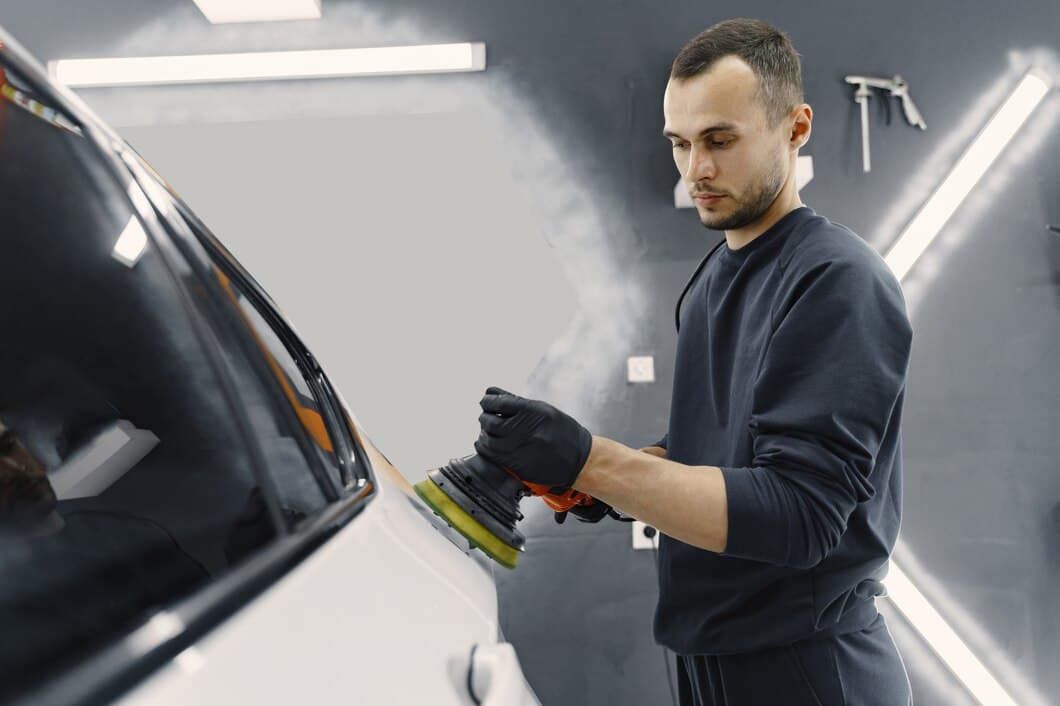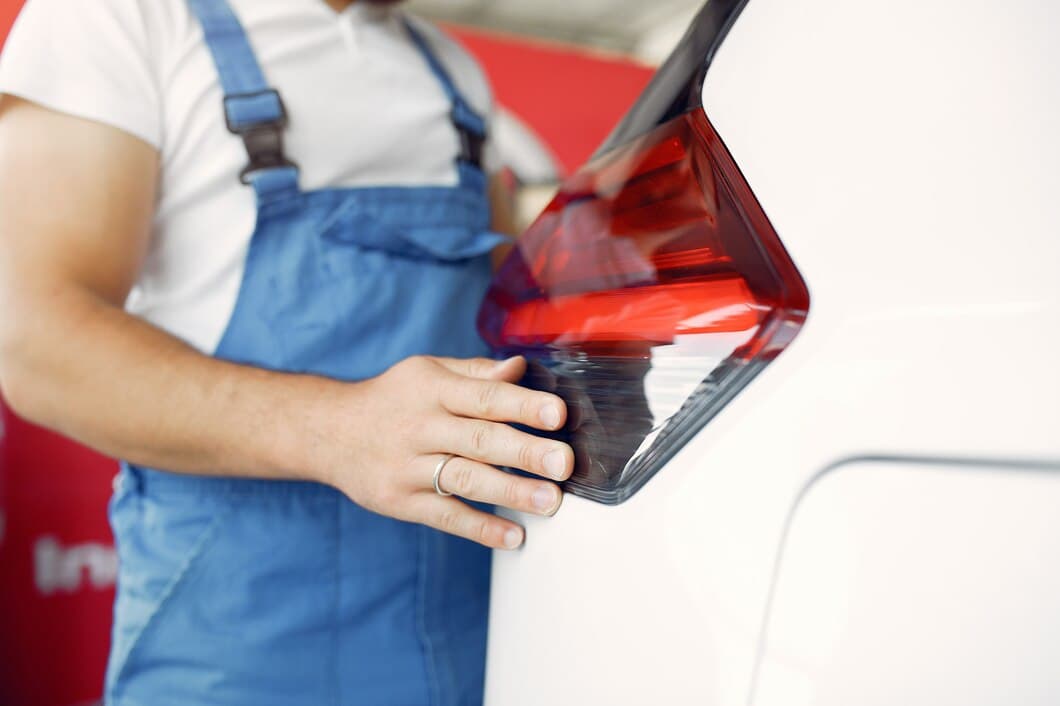
Windshield wipers are an essential part of any car, and they can become seized over time. This can be a frustrating problem, but it is one that can be easily fixed. In this article, we will show you how to unseize a windshield wiper linkage.
The first step is to locate the windshield wiper linkage. This is typically located under the hood of your car, near the base of the windshield. Once you have located the linkage, you will need to remove the bolts that are holding it in place. Once the bolts are removed, you will be able to pull the linkage free.
Diagnostic Equipment
Diagnostic Equipment
Diagnostic Equipment
Diagnostic Equipment
Diagnostic Equipment
Safety First
Safety should always come first when working on your vehicle. Before you start, make sure that the vehicle is parked on a level surface and the parking brake is engaged. You should also disconnect the negative battery terminal to prevent any electrical accidents. Once you have taken these precautions, you can begin working on the windshield wiper linkage.
If you are not comfortable working on your vehicle, it is best to take it to a qualified mechanic. They will have the experience and tools necessary to safely and effectively unseize your windshield wiper linkage.
The Pivot Points
The pivot points are the points where the wiper arms attach to the linkage. These points are critical for the proper operation of the wipers, as they allow the arms to move smoothly and evenly across the windshield. If the pivot points become seized, the wipers will not be able to move properly and will not be able to clear the windshield of rain, snow, or debris.
To unseize the pivot points, you will need to apply a penetrating lubricant to the points. You can do this by using a spray lubricant or by applying the lubricant directly to the points with a cotton swab. Once you have applied the lubricant, allow it to sit for a few minutes before trying to move the wiper arms.
If the pivot points are still seized, you may need to apply more lubricant or use a more aggressive cleaning method. You can try using a wire brush to clean the points or you can try using a heat gun to loosen the seized parts. Once you have cleaned the pivot points, apply a fresh coat of lubricant to the points and try to move the wiper arms again.
The Motor

The motor is the heart of the windshield wiper system. It is responsible for converting electrical energy into mechanical energy, which is then used to drive the wiper blades. The motor is typically located under the hood, near the base of the windshield. It is usually a small, electric motor that is powered by the vehicle's battery.
The motor is connected to the wiper blades by a series of gears and linkages. These gears and linkages allow the motor to move the wiper blades in a variety of directions, including up and down, left and right, and in a circular motion.
The motor is controlled by a switch that is located on the steering column. The switch allows the driver to turn the wipers on and off, and to select the speed at which they operate. The motor will continue to run until the switch is turned off, or until the wiper blades reach the end of their travel.
Removing the Linkage
To remove the linkage, you will need to first locate it. The linkage is typically located under the hood of your car, near the base of the windshield. Once you have located the linkage, you will need to disconnect it from the wiper motor. To do this, you will need to use a wrench to loosen the bolts that are holding the linkage in place. Once the bolts are loose, you will be able to remove the linkage from the wiper motor.
Once the linkage is disconnected from the wiper motor, you will need to remove it from the windshield. To do this, you will need to use a screwdriver to remove the screws that are holding the linkage in place. Once the screws are removed, you will be able to remove the linkage from the windshield.
Once the linkage is removed, you will be able to inspect it for damage. If the linkage is damaged, you will need to replace it. To replace the linkage, you will need to follow the steps in reverse order.
Lubrication
Once you have freed up the linkage, apply a penetrating lubricant to all the joints. This will help to further loosen any remaining rust or corrosion and will also help to prevent the linkage from seizing up again in the future.
After you have applied the lubricant, work the linkage back and forth a few times to ensure that it is moving freely. If the linkage is still not moving smoothly, you may need to repeat the process.
Reinstallation
Once you have everything cleaned, you need to begin the reinstallation of the wiper linkage. Start by placing the new seal into the hole in the firewall, then feed the new linkage into the same hole so that it fits into place. The motor will have several bolts that hold it in place; you can use these bolts to adjust the position of the linkage. Be sure to allow enough slack in the linkage so that it can move freely without binding.
Now, it's time to fix the linkage to the wiper motor. Several linkage points are available on the motor, so choose one that will allow the wiper blades to move smoothly across the windshield. Once you have selected a point, use the bolts to secure the linkage.
All that remains now is to reattach the wiper blades to the linkage. Align the blades with the ends of the linkage, then insert the bolts to hold them in place. Once the blades are secure, you can test the wipers to ensure they move smoothly and clear the windshield.
Troubleshooting
Troubleshooting windshield wiper linkage issues can be a daunting task, but with the right approach, it can be made manageable. To begin, you should inspect the linkage for any visible damage or obstruction. This may involve removing the wiper arms and checking for any bent or broken components. If you find any damage, it will need to be replaced before the wiper linkage can be unseized.
Additionally, you should lubricate the linkage with a suitable lubricant. This will help to reduce friction and make it easier for the linkage to move freely. If the linkage is still seized after lubrication, you may need to apply a penetrating oil to further loosen the components. Once the linkage is unseized, you should test the wipers to ensure they are functioning properly.
Conclusion
Unseizing a windshield wiper linkage can be a simple process that can be completed in a few minutes. By following the steps outlined in this article, you can quickly and easily get your windshield wipers working properly again.
If you are unable to unseize the linkage yourself, you may need to take your vehicle to a mechanic to have it repaired. However, if you are comfortable working on your own car, you can save yourself some money by following these steps.
Frequently Asked Questions
Does WD-40 help free a seized windshield wiper linkage?
Yes, WD-40 can help free a frozen or seized windshield wiper linkage. It is a water-displacing lubricant that can penetrate and break down rust and corrosion.
Can I use a penetrating oil to unseize a windshield wiper linkage?
Yes, penetrating oil can be used to unseize a windshield wiper linkage. Penetrating oil is a lubricant that can help break down rust and corrosion and free up seized parts.
How do you unseize a wiper arm?
To unseize a wiper arm, you will need to remove the wiper blade and then use a penetrating oil or lubricant to free up the arm. You can also try tapping the arm with a hammer to help break loose any rust or corrosion.
How do you get stuck windshield wipers to move?
If your windshield wipers are stuck, you may be able to get them moving again by using a penetrating oil or lubricant. You can also try tapping the wipers with a hammer to help break loose any rust or corrosion.
To Sum Up
In summary, unseizing a windshield wiper linkage can be a simple process, involving the use of penetrating oil, gentle persuasion with pliers, and the application of grease to lubricate the linkage and prevent future seizing. If you are having difficulty unseizing the linkage, it may be because it is severely corroded or damaged, in which case it may need to be replaced.
Remember to disconnect the battery before starting any electrical work, and always consult your vehicle's owner's manual for specific instructions and safety precautions.